12 Fascinating Facts About the American Sycamore Tree

Introduction
The American Sycamore Tree, known for its towering presence and distinctive bark, is a staple in many landscapes across the United States. It's not just its size that captures attention but also its ecological significance and historical relevance. Did you know that these trees can live for over 200 years? Whether you're a nature enthusiast or a curious learner, delving into the world of the American Sycamore can be both enlightening and rewarding. Let's explore some intriguing aspects of this majestic tree that might just make you see it in a whole new light.
1. The Iconic Bark
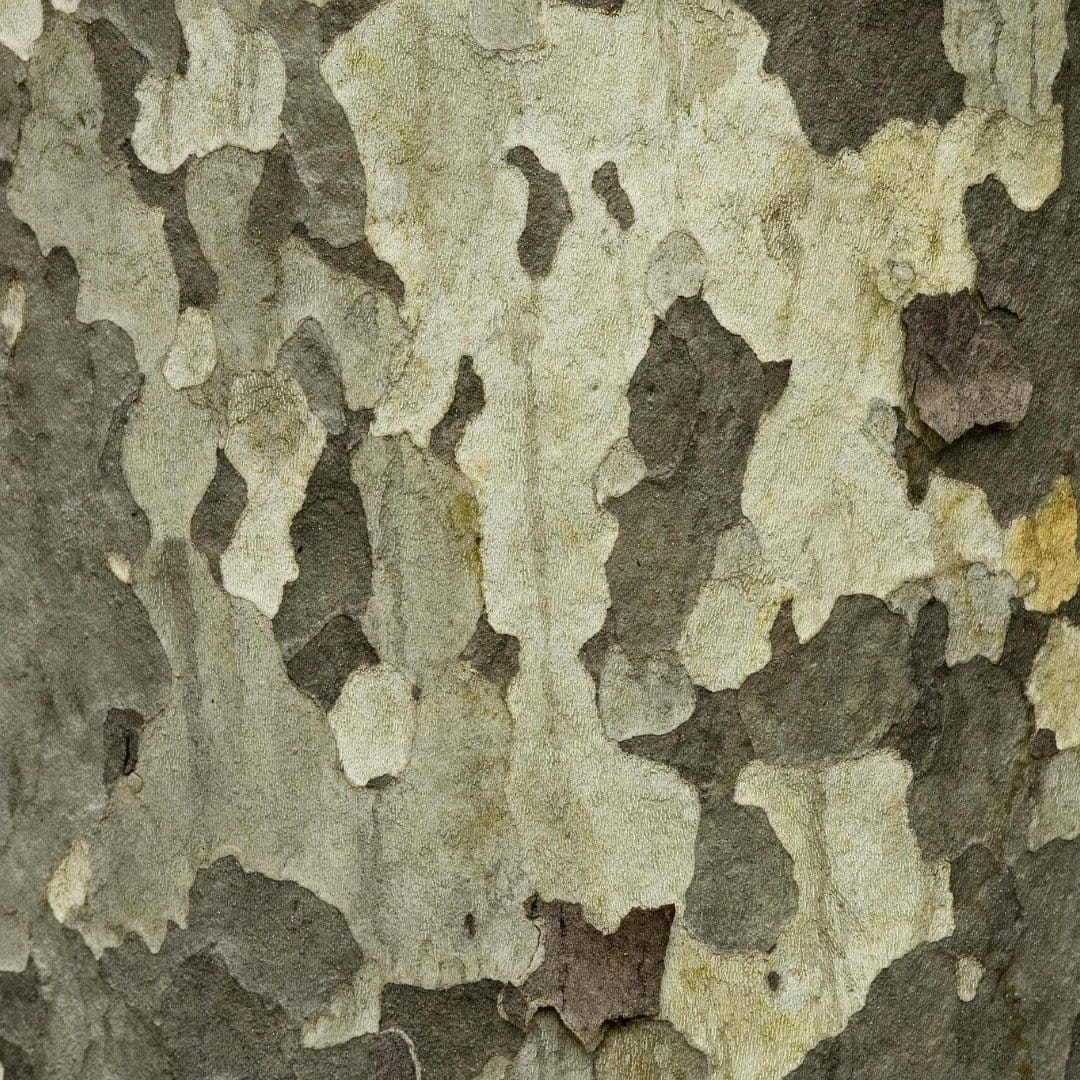
The American Sycamore is easily recognizable by its mottled bark, which peels away to reveal a patchwork of white, gray, and brown. This unique feature not only makes it visually striking but also aids the tree in shedding harmful fungi and pests. The peeling bark is an adaptation that helps the tree thrive in various environments. Next time you walk past a sycamore, take a moment to appreciate this natural masterpiece.
2. Towering Heights

These trees can reach impressive heights, often soaring over 100 feet tall. In the right conditions, some specimens have even been recorded at nearly 170 feet! Such stature makes the American Sycamore one of the giants of the Eastern United States forests. Their size provides excellent habitats for birds and other wildlife, making them an integral part of the ecosystem.
3. Lifespan Longevity
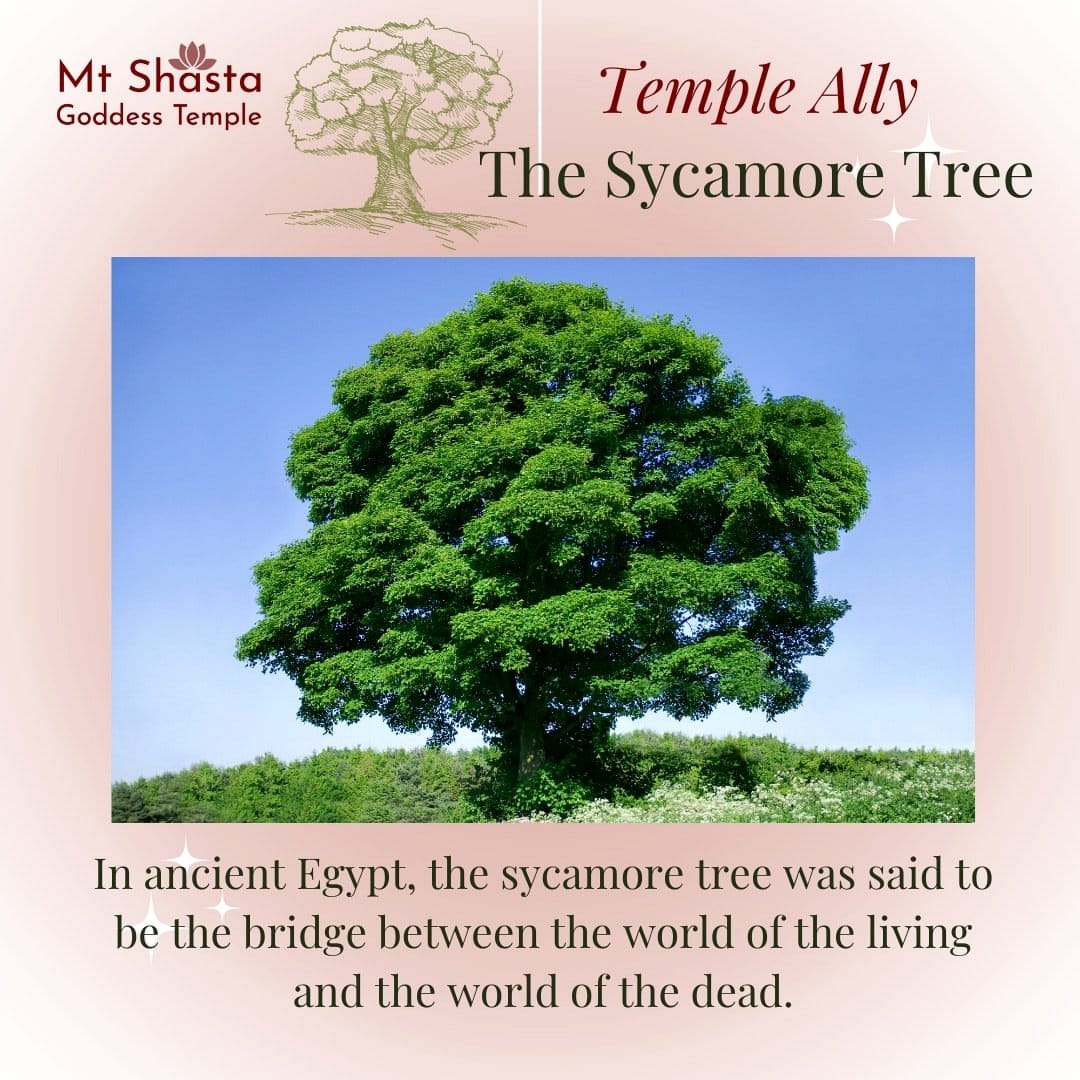
The American Sycamore can live for up to 250 years, making it a witness to generations of change in its environment. This longevity is partly due to its resilient nature and ability to adapt to different climates. Their long lifespan allows them to grow massive trunks and widespread canopies, offering shade and shelter to countless creatures over the years.
4. Habitat Versatility
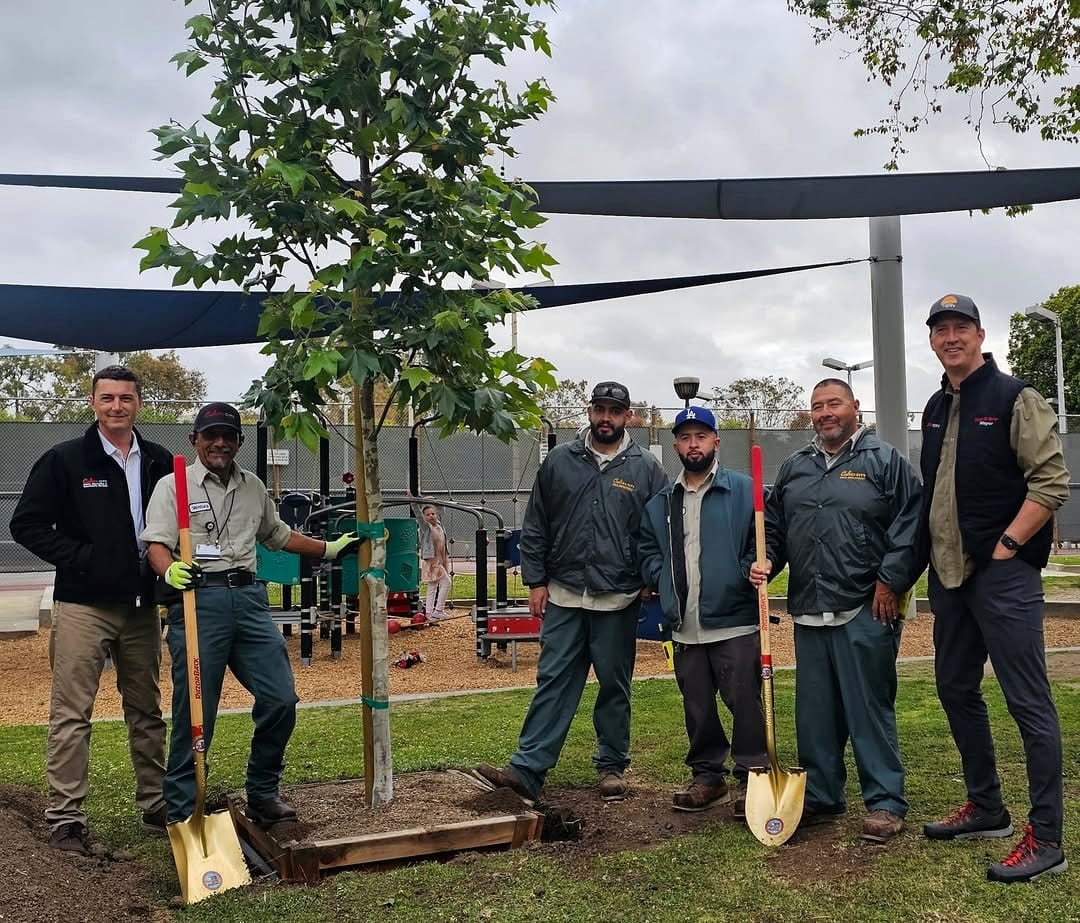
While native to riverbanks and floodplains, the American Sycamore is versatile enough to thrive in urban settings. You might have seen them lining streets, adorning parks, or standing proudly in backyards. Their adaptability to different soil types and resistance to pollution make them a popular choice for city planning and landscaping.
5. The Unseen Roots
Beneath the surface, the American Sycamore boasts an extensive root system that stabilizes soil along waterways, preventing erosion. These roots are crucial in maintaining the health of riparian ecosystems. Their ability to hold soil together is beneficial not only for the tree itself but also for the surrounding plant and animal life.
6. A Natural Air Purifier
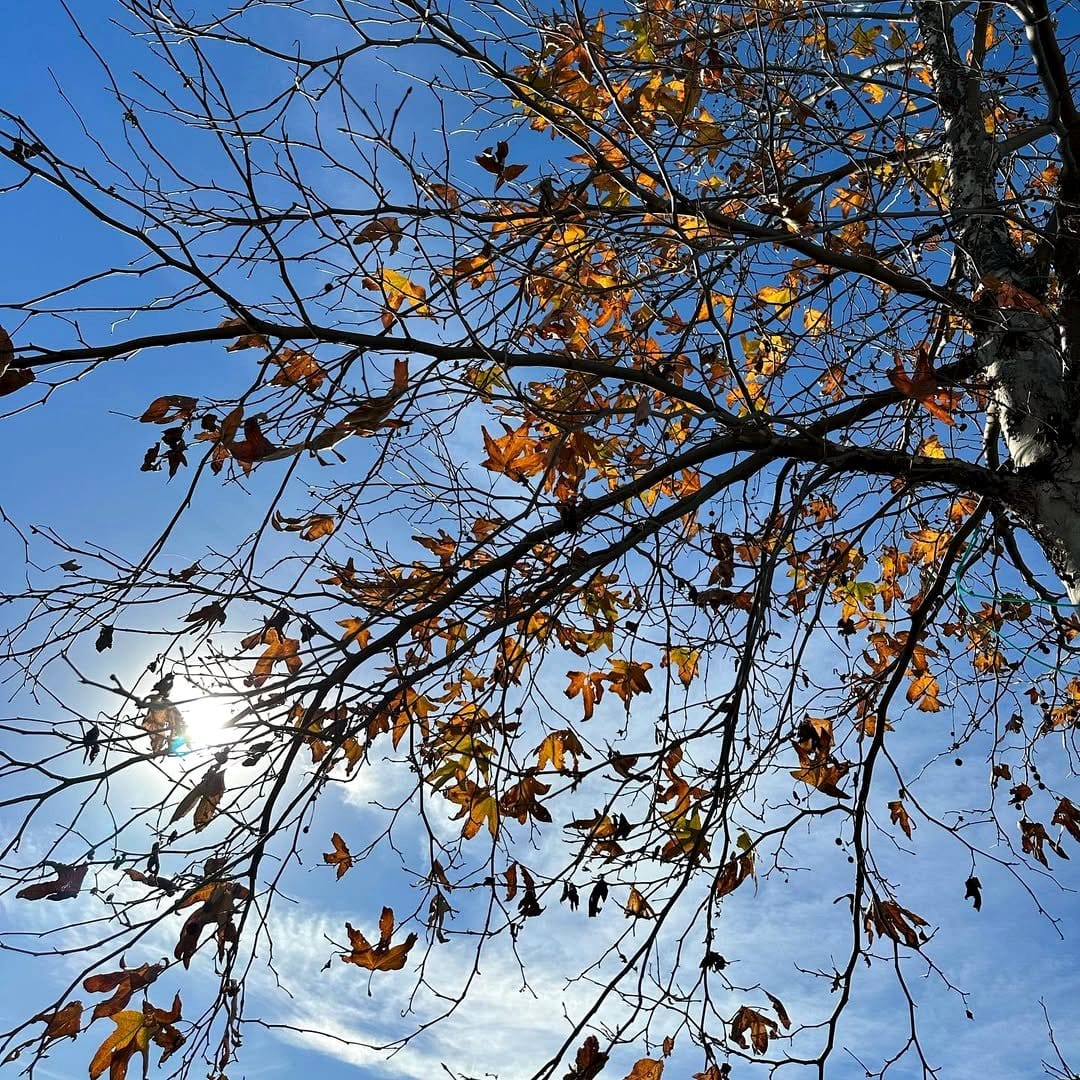
The broad leaves of the sycamore play a vital role in filtering the air we breathe. They capture pollutants and dust, contributing to cleaner air and a healthier environment. This natural purification process makes American Sycamores invaluable in urban and suburban areas where air quality may be compromised.
7. Wildlife Haven
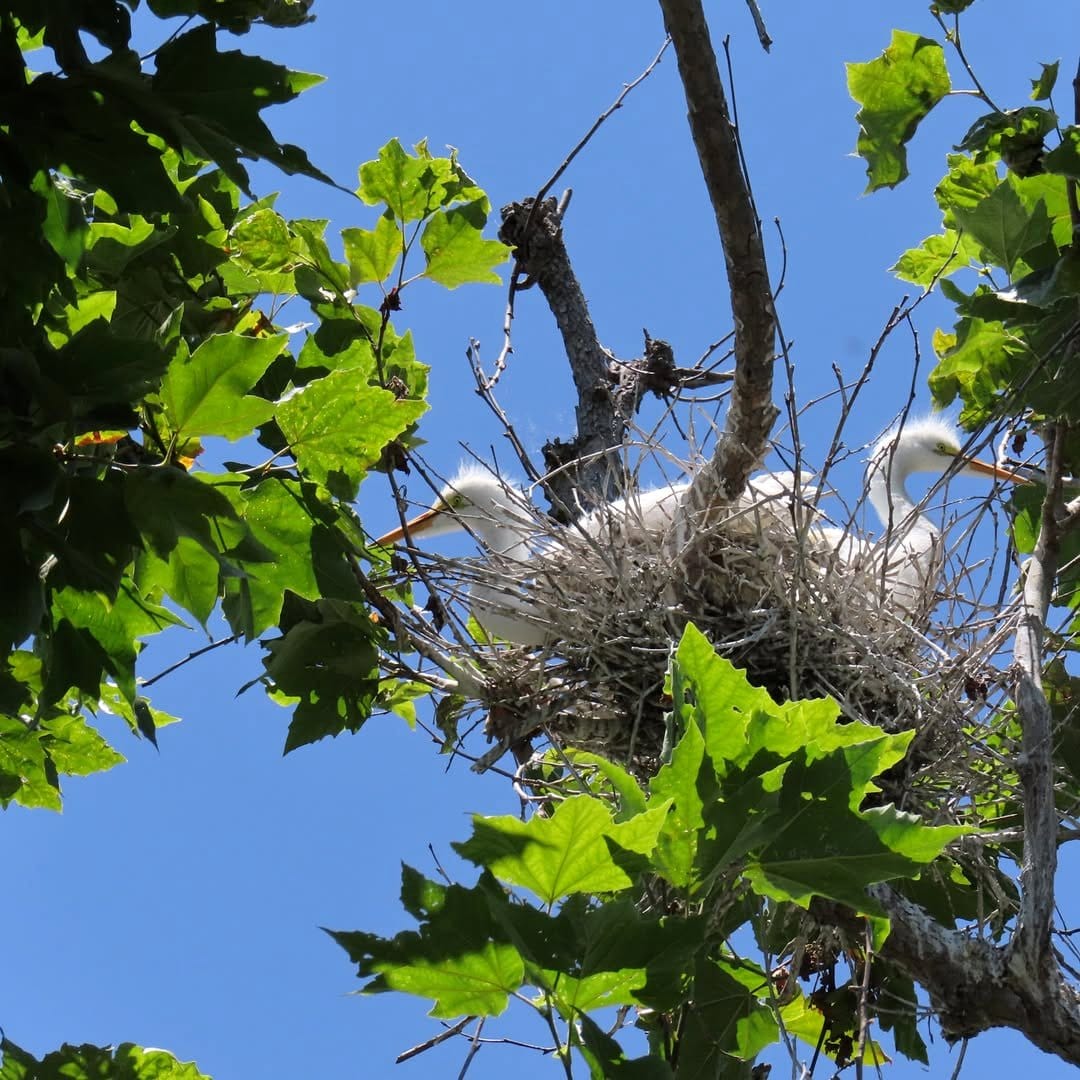
The American Sycamore provides a haven for various wildlife species. Birds, squirrels, and insects find shelter and food within its branches. The dense foliage offers protection from predators, while the seeds and leaves serve as nourishment. By supporting diverse ecosystems, these trees help maintain ecological balance.
8. Historical Significance
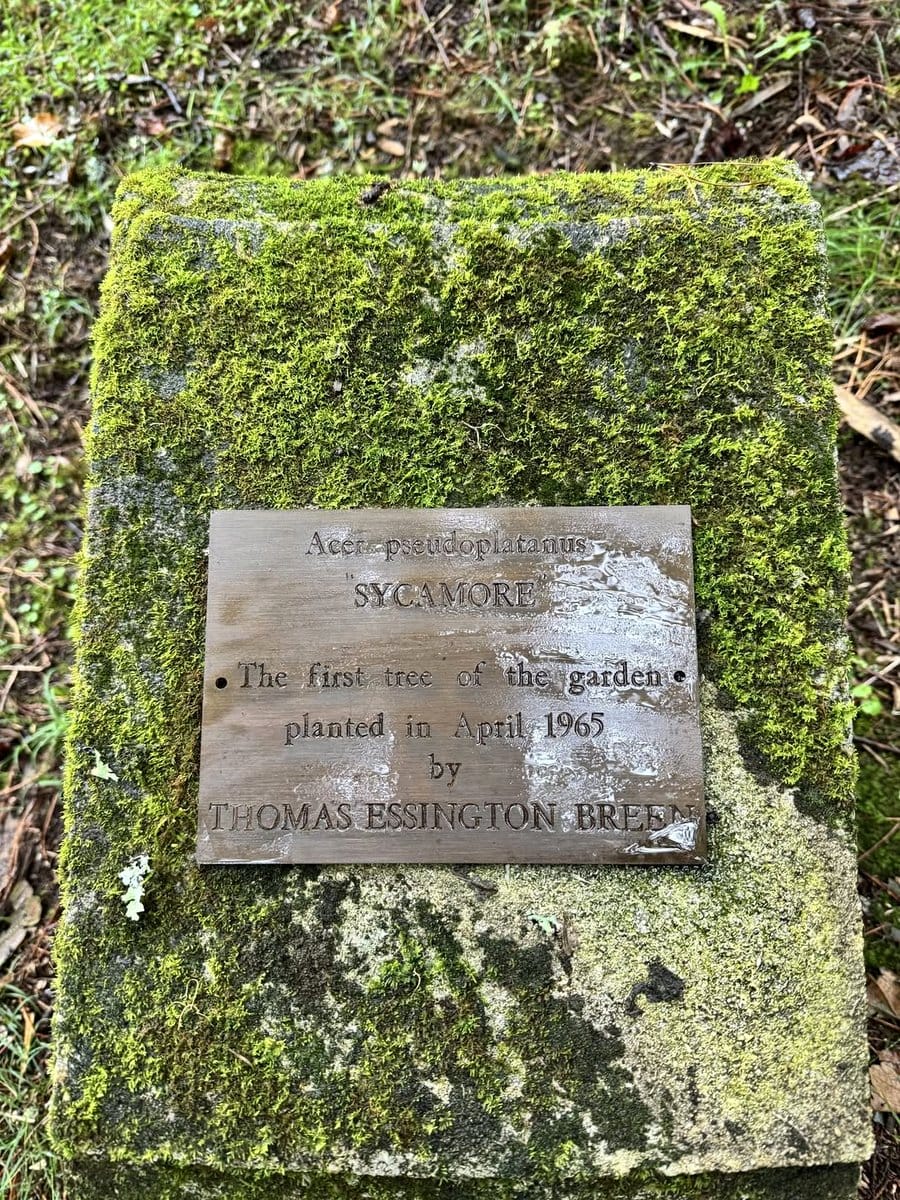
Throughout history, sycamores have been landmarks and meeting places. In some communities, they've stood as silent witnesses to pivotal events. Their size and grandeur make them symbols of strength and endurance. Learning about these historical connections can deepen your appreciation for these magnificent trees.
9. Aesthetic Appeal
In autumn, the American Sycamore transforms into a vibrant spectacle of yellow and brown hues. This seasonal change adds to their aesthetic appeal, enhancing the beauty of any landscape. Whether in a forest or a park, their striking appearance draws in nature lovers and photographers alike.
10. Cultural References

The American Sycamore has found its way into literature, art, and folklore. It often symbolizes strength and resilience, making it a favorite subject for poets and artists. Understanding these cultural references can provide a richer context for appreciating the tree's significance in human creativity and storytelling.
11. Easy Propagation
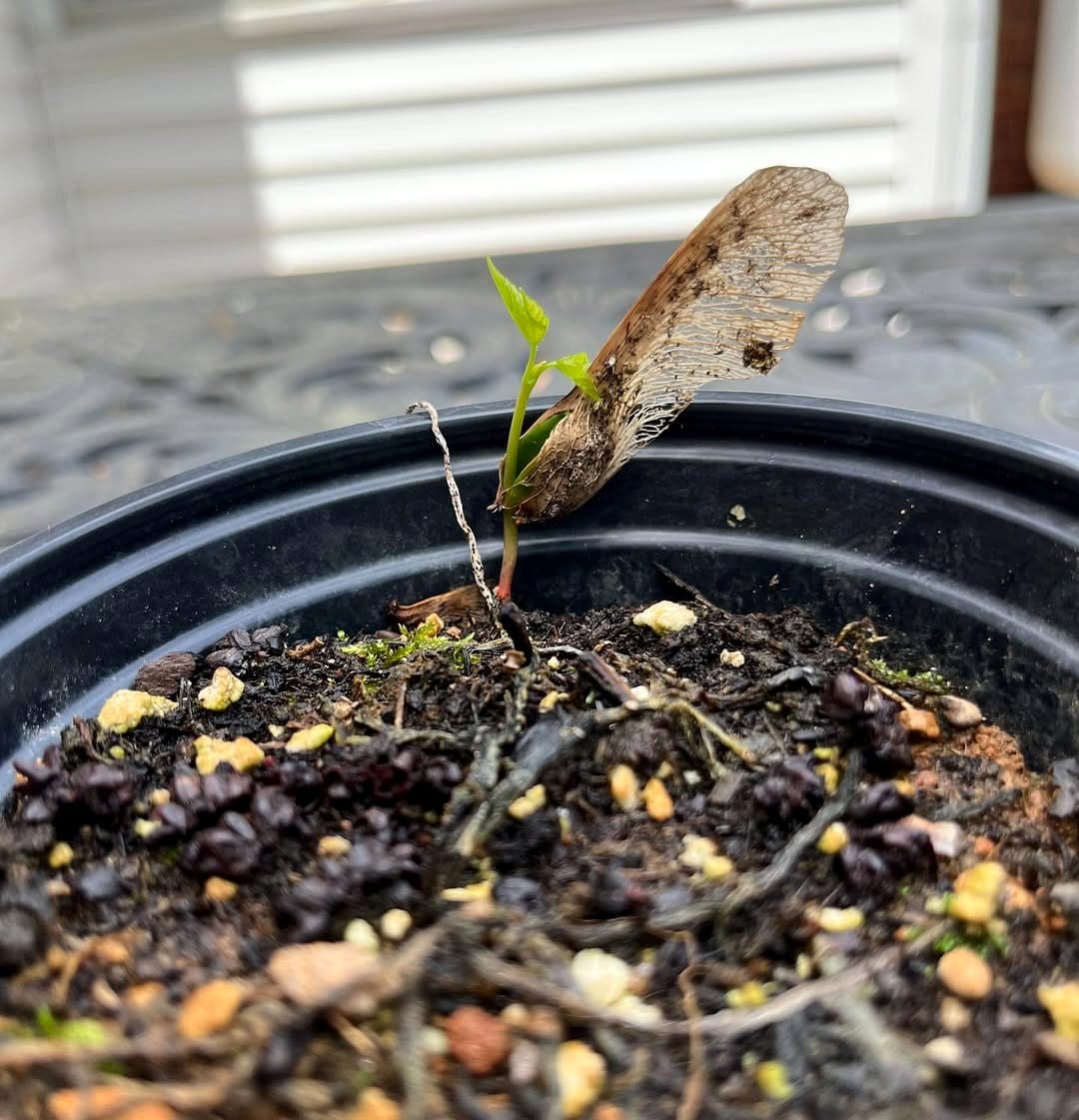
Growing your sycamore is surprisingly easy. They propagate well from seeds and cuttings, making them accessible to even novice gardeners. With proper care, a sycamore seedling can quickly establish itself, growing several feet per year. It’s a rewarding experience to watch your tree mature and contribute to the environment.
12. Environmental Benefits

By planting American Sycamores, you contribute to biodiversity, carbon sequestration, and habitat creation. These trees help combat climate change by absorbing carbon dioxide and releasing oxygen. Their environmental benefits make them a valuable addition to any green initiative or urban forestry program.
Final Thoughts
Exploring the American Sycamore Tree reveals its incredible contributions to our environment and culture. Whether you're drawn to its towering stature, unique bark, or ecological role, there's no denying its importance. Consider planting a sycamore in your community or simply appreciating them during your next nature walk. By understanding and valuing these remarkable trees, we can ensure they continue to grace our landscapes for generations to come.

